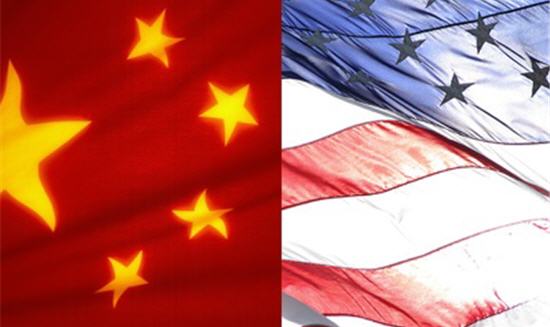
When I was about eight years old, my father took me fishing in a stream a few miles from our ranch in California. After a long day, we came up dry. Dad saw I was disappointed, so he pulled into a fish farm on the way home. I eagerly dropped my line into a pond roiling with trout. Bingo — in less than 30 seconds, I had hooked a fish! And then another and another.
At first I was excited at my instant success. But soon I realized there was little skill involved and it was just too easy. We never went back. I preferred plying the open streams hoping for an occasional bite even though it was much harder and required far more patience.
Criticizing China is as easy as landing a rainbow trout at the fish farm. What’s not to dislike? China does so many things that are lamentable, if not outrageous, to Western sensibilities.
The list ranges from human rights violations, threats to Taiwan and repression in Tibet and Xinjiang, to the increasingly assertive actions of its ever-modernizing military and “indigenous innovation” policies that tilt the playing field against foreign competitors. The fact that China is governed by an opaque, one-party regime obscured by secrecy only bolsters sinister Western interpretations of China’s intentions and ambitions.
Voicing our concerns about our policy differences is essential as we continue to struggle with China on a wide range of bilateral and international issues. But we also must try to keep the larger strategic picture in the forefront and try to land the elusive “big one” — a more cooperative U.S.-China relationship to deal with the great strategic challenges of the 21st century.
While China and the United States will always be reluctant partners at best, leaders of both countries have acknowledged that we are in the same boat when it comes to critical 21st century challenges.
We are compelled to pull together to maintain a growing and stable global economy, mitigate climate change and adapt to its effects, ensure energy security and transition to a global, low-carbon economy, move to more sustainable economic models as resource scarcities loom as billions of people seek to join the global middle class — and combat terrorism, proliferation, piracy, international crime, pandemics, failing states and a host of other non-traditional threats.
This summer’s unprecedented heat and forest fires in Russia and the massive, destructive floods in Pakistan may be the most recent warning signs that global warming is already altering our planet’s climate, causing extreme weather and other first-order effects that will have cascading impacts on virtually all countries.
The implications for the global economy, societies and governments and the security of nations and peoples are potentially destabilizing and even catastrophic.
The United States and China — the two largest economic powers — will not be immune from the impact of climate change. Nor, as the biggest energy consumers and producers of greenhouse gases, will they escape blame from the rest of the world if they fail to act and to cooperate.
In the United States, there is growing anxiety about the pace of shifting power and a range of Chinese behaviors that are perceived as Beijing seeking to challenge a wide range of U.S. interests.
The Chinese leadership, for its part, and especially elements of the People’s Liberation Army, is flush with a sense of their country’s rapidly rising power, which has been turbo-boosted in the last two years by its superior performance in the global financial crisis.
Beijing seems to be emphasizing narrow national interests and making a new push to gain recognition for an expanding list of “core interests” which now apparently includes China’s territorial claims in the South China Sea. The Chinese seem reluctant to place a priority on their “core interests” in ensuring their prosperity and security by cooperating with other nations, especially the United States, on long-term global challenges and threats.
We should ask what the prospects are for human civilization in this century as well as for American and Chinese interests if the United States and China do not cooperate on global challenges — and even more ominously, if they have a highly competitive and antagonistic relationship, much less engage in actual military conflict.
We may not have much time to fish in the depleting stream of potential cooperation. The United States and China need to change course soon. The two giants now seem caught in an eddy of deepening suspicion of each other’s intentions — despite the stated conviction of the leaders of both countries that they need to work together.
There needs to be a new effort on both sides of the Pacific to craft a long-term relationship that can deliver cooperation amidst continuing differences. Chinese and American leaders need to begin by asking four critical questions:
- If we stay on the current course, where will the U.S.-China relationship be in ten years?
- Will this relationship be adequate to meet the strategic challenges that both countries and the world will be facing in 2020 and beyond?
- If not, what kind of relationship do the United States and China need to build to meet their strategic needs?
- If we need a more cooperative relationship to meet common strategic challenges, how do we get there from here?
Even if American and Chinese leaders can agree that they need to change the vectors that are currently driving the United States and China down divergent paths and move toward greater collaboration and cooperation to meet long-term challenges, putting this into practice will require wisdom, political will and reigning in those within their respective governments that oppose cooperation behind a more coherent and farsighted strategy.
Can Presidents Hu and Obama go fishing together for the big one? We know it won’t be an easy catch.
Dr. Banning Garrett is the Director of the Asia Program at the Atlantic Council. This essay was previously published at The Globalist.
Image: china-us-2.jpg
